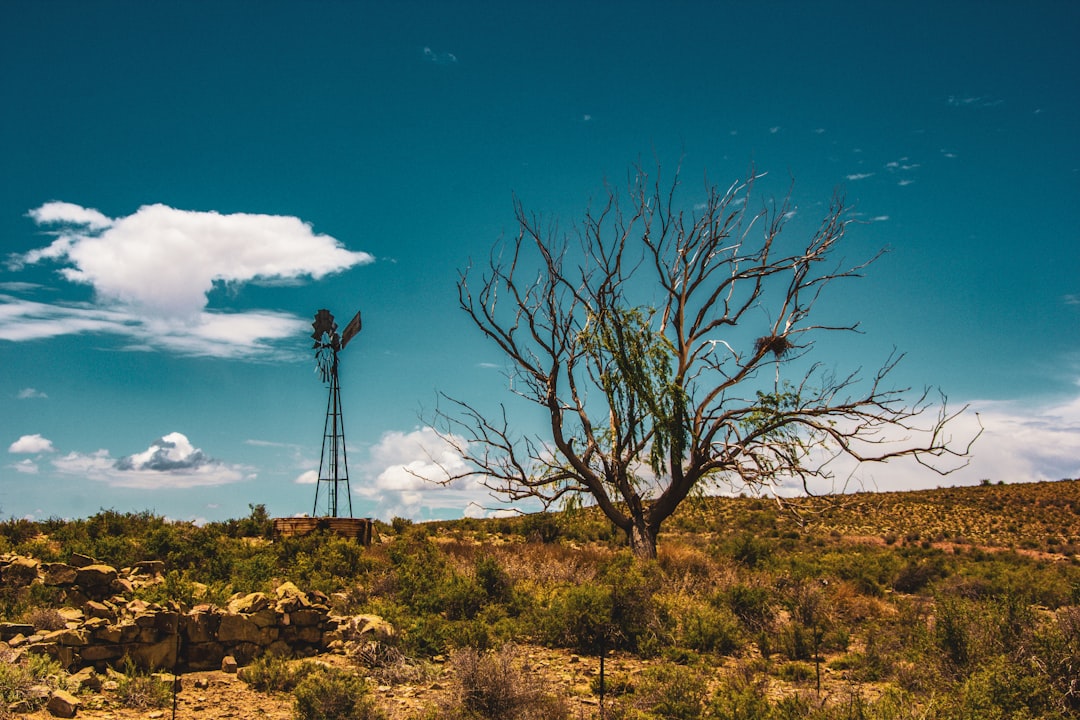What is it about?
This article examines the occurrence and impact of Central American cold surge outbreaks, known as Nortes, in the Gulf of Mexico (GoM). The study analyzes weather reports and in situ observations over a 15-year period to understand Nortes' characteristics and environmental effects. The research identifies the main drivers of these events, categorizes them into different types based on their impact, and investigates their influence on wind stress, wave activity, sea level, surface currents, air temperature, and humidity in the GoM. The findings provide valuable insights into the dynamics and consequences of Nortes on the marine ecosystem.
Featured Image

Photo by Srikanta H. U on Unsplash
Why is it important?
Understanding the occurrence and impact of Central American cold surges (Nortes) in the Gulf of Mexico is crucial for various reasons. Firstly, Nortes are significant climate features of the region, and their effects on the marine ecosystem are essential to comprehend. By studying their characteristics and environmental consequences, scientists and researchers can gain insights into the complex interactions between atmospheric and oceanic processes in the Gulf of Mexico. This knowledge aids in enhancing weather forecasting models, coastal management strategies, and ecological assessments. Additionally, Nortes impact various sectors, such as fishing, shipping, tourism, and coastal communities, making it vital to understand their patterns and potential implications for socioeconomic activities.
Perspectives
This publication sheds light on the fascinating phenomenon of Central American cold surges (Nortes) and their influence on the Gulf of Mexico. The research utilizes a comprehensive analysis of weather reports and in situ observations to explore the characteristics and impacts of Nortes over a significant time span. By identifying the main drivers and categorizing the events based on their severity, the study deepens our understanding of how Nortes affect wind patterns, wave activity, surface currents, and atmospheric conditions in the Gulf of Mexico. The findings offer valuable insights for scientists, policymakers, and coastal managers, aiding in the development of more accurate weather forecasts, improved coastal planning, and better mitigation strategies for the impacts of Nortes. This publication contributes to the broader body of knowledge related to climate dynamics and ecosystem interactions, highlighting the interconnectedness between the atmosphere and the marine environment in the Gulf of Mexico.
Christian Appendini
Universidad Nacional Autonoma de Mexico
Read the Original
This page is a summary of: Oceanic and atmospheric impact of central American cold surges (
Nortes
) in the Gulf of Mexico, International Journal of Climatology, September 2020, Wiley,
DOI: 10.1002/joc.6779.
You can read the full text:
Contributors
The following have contributed to this page










